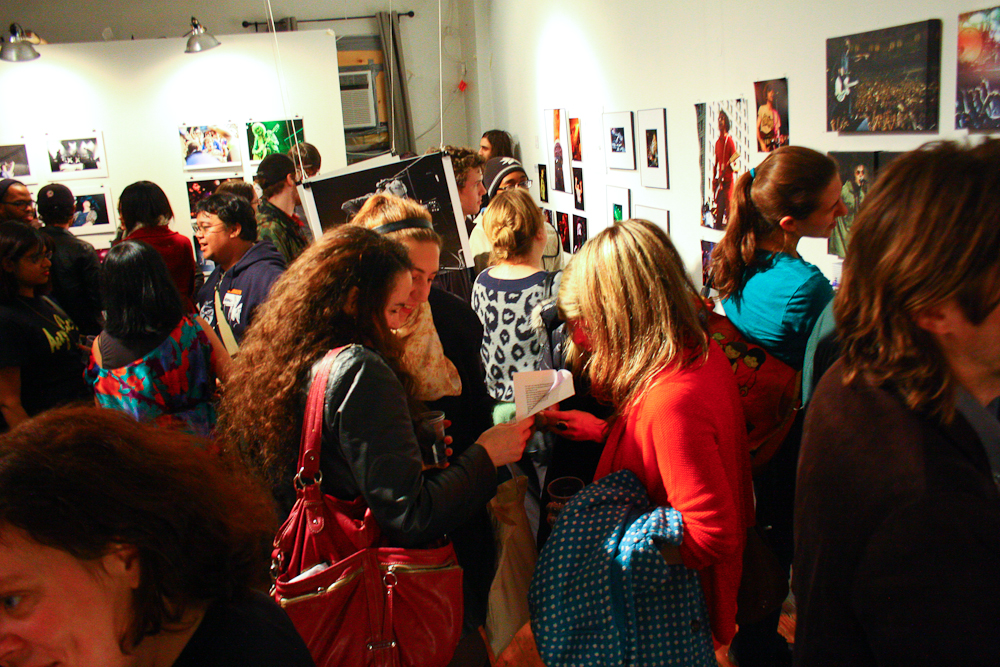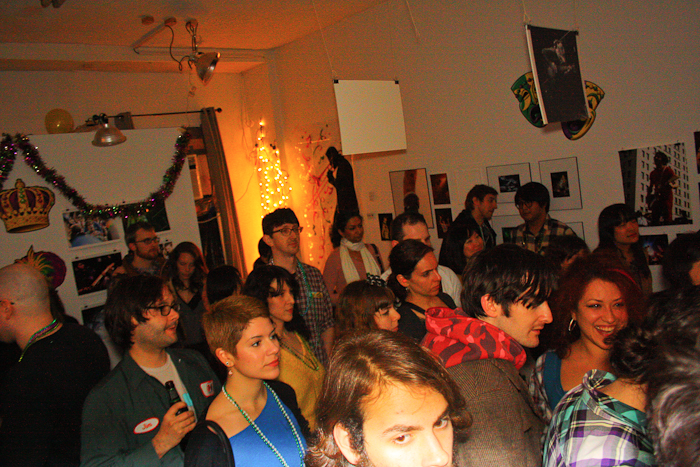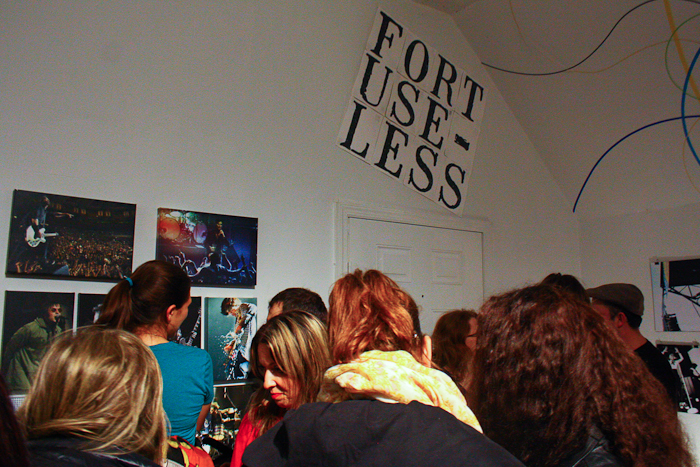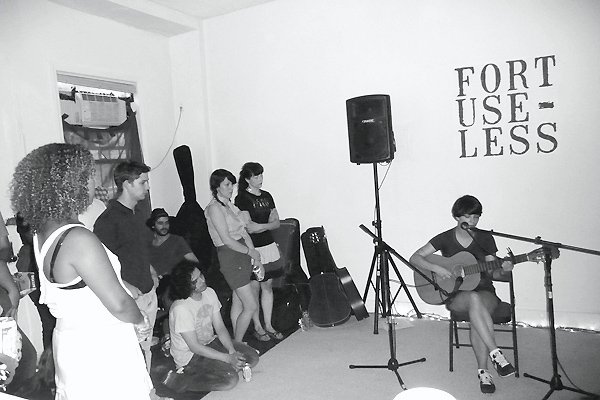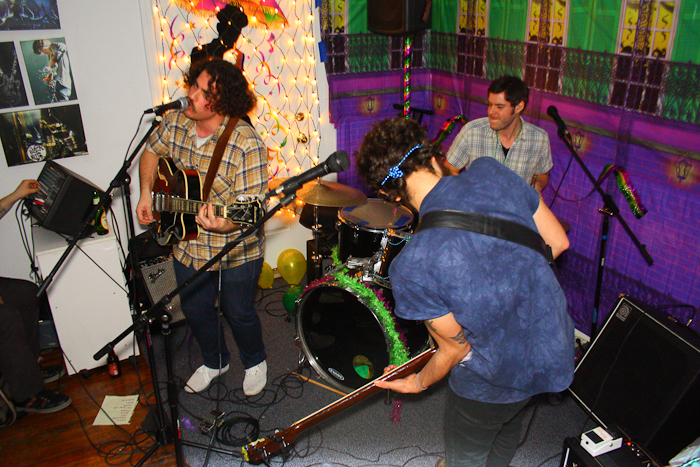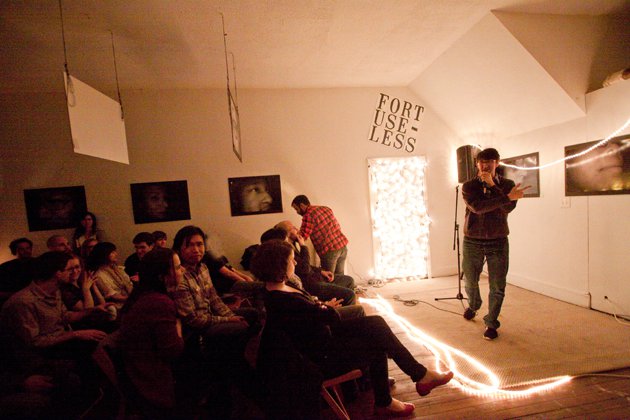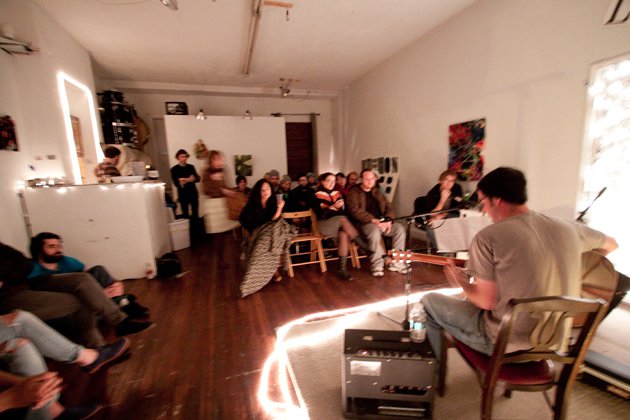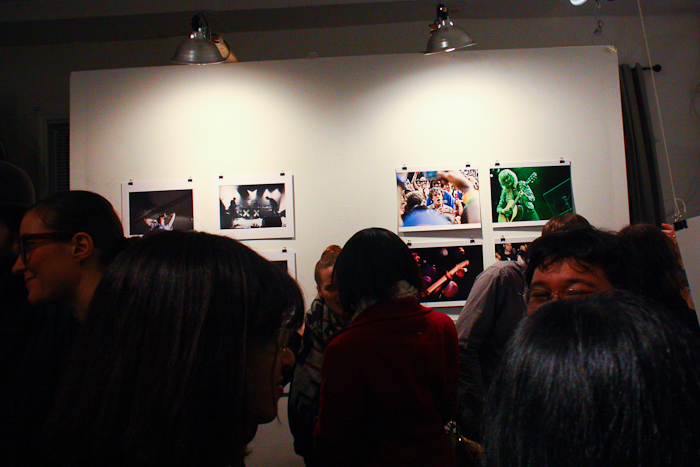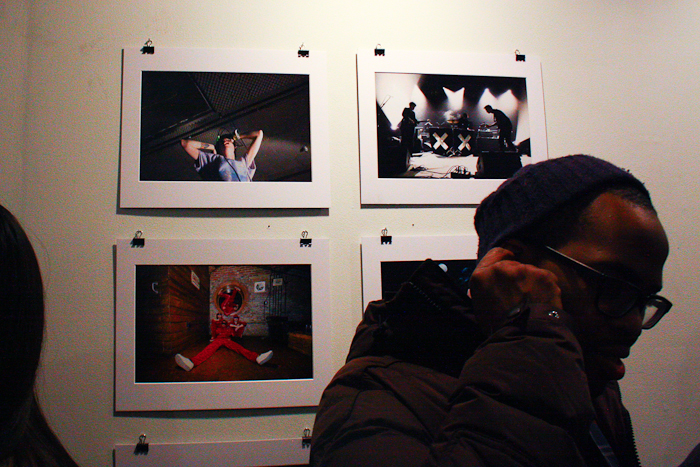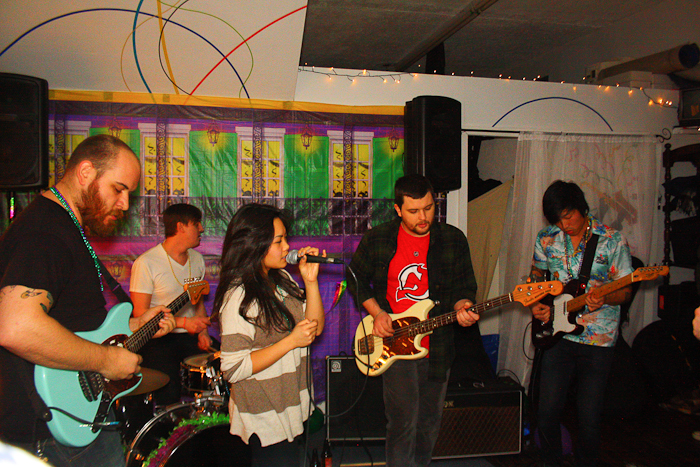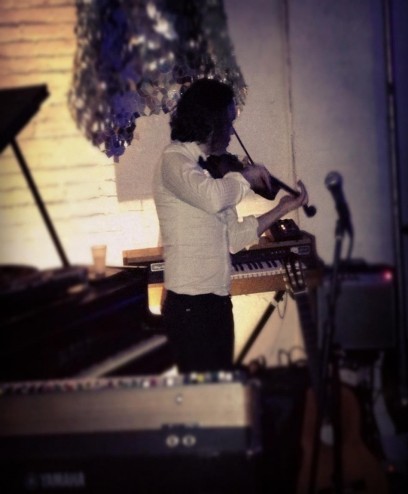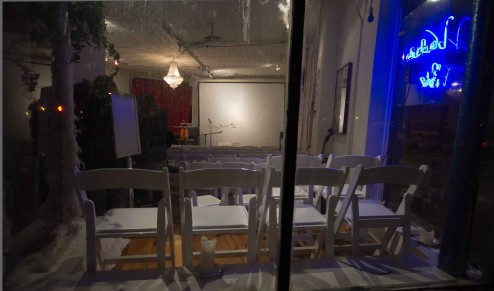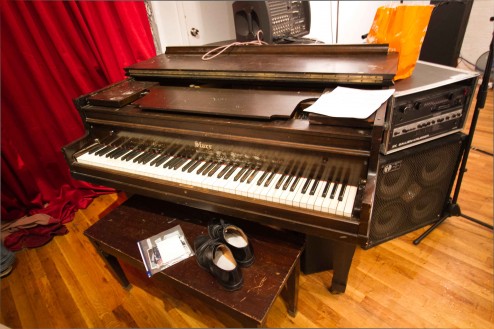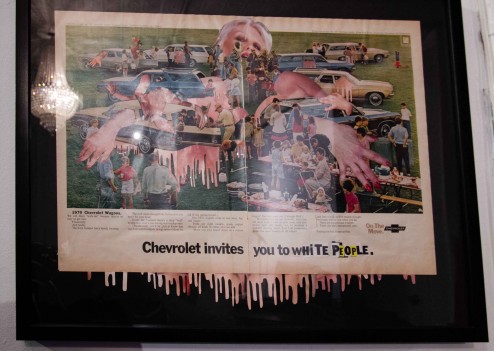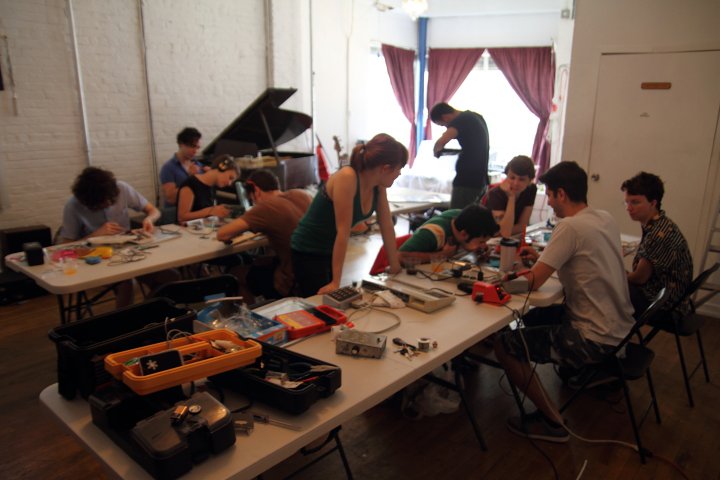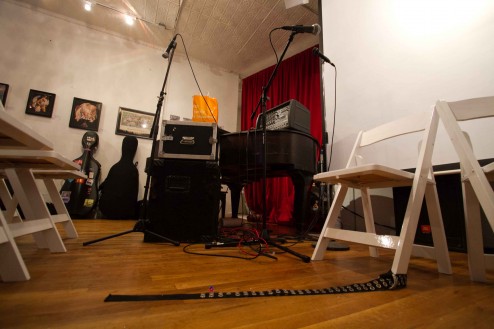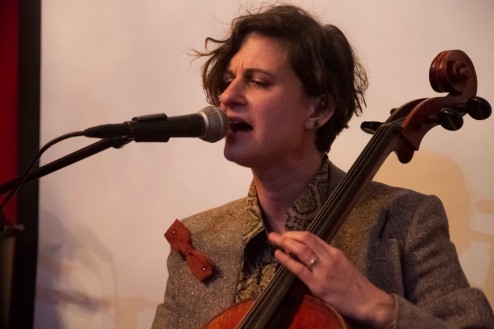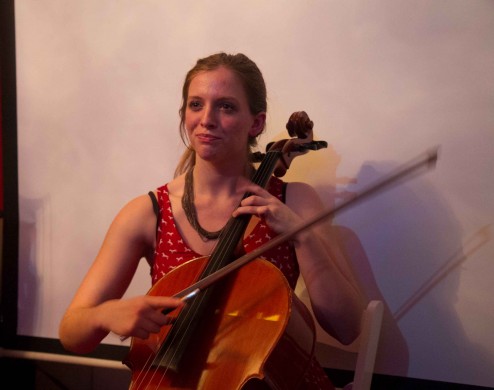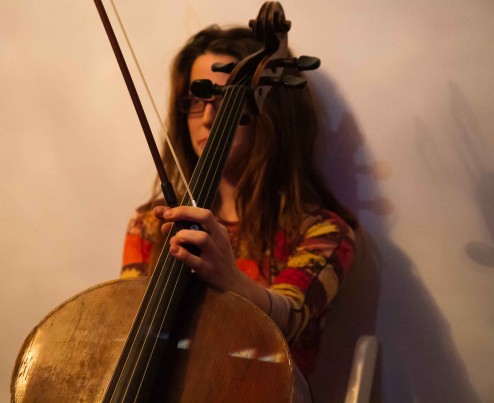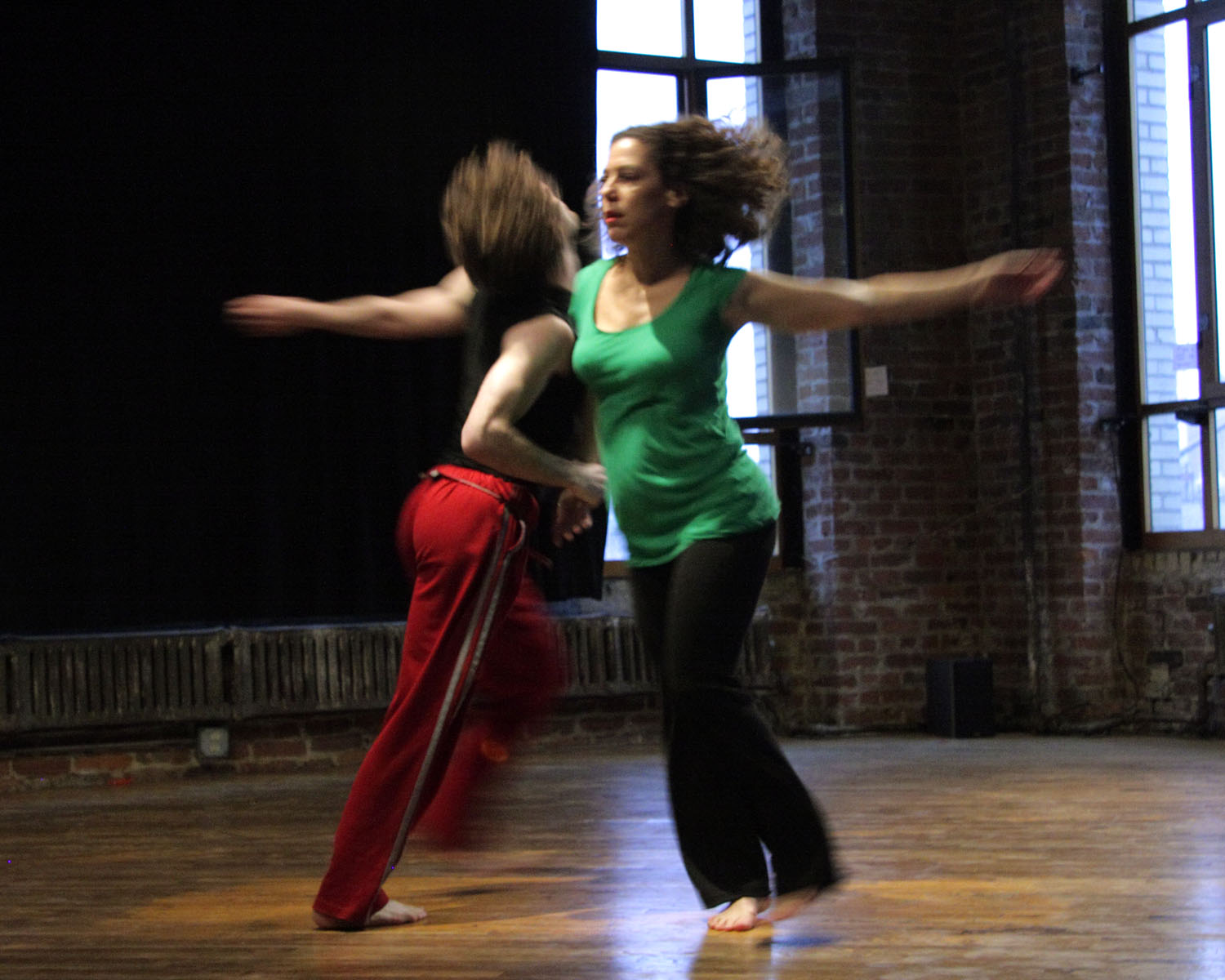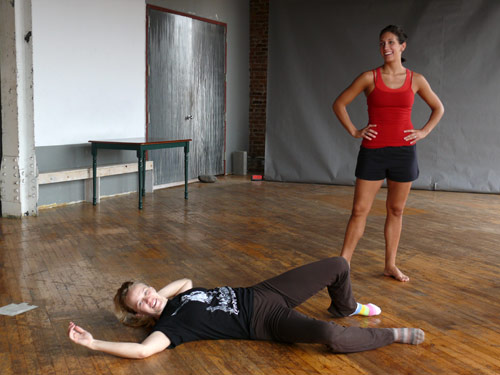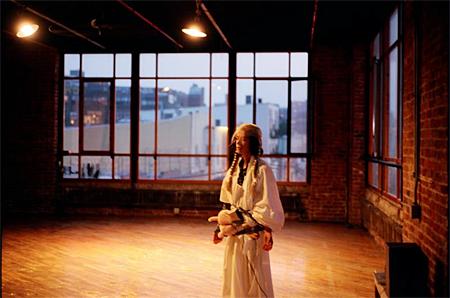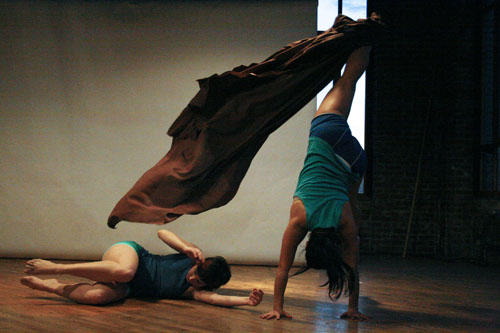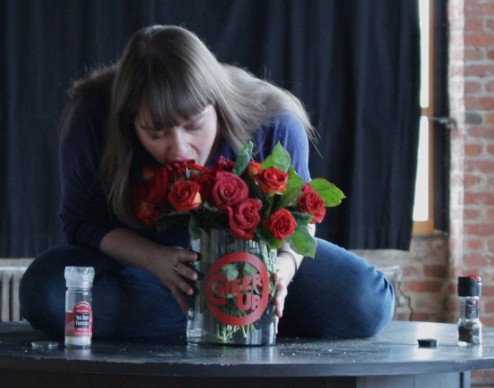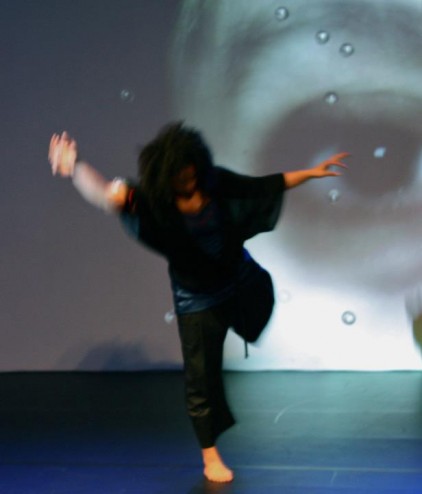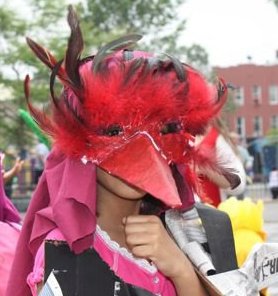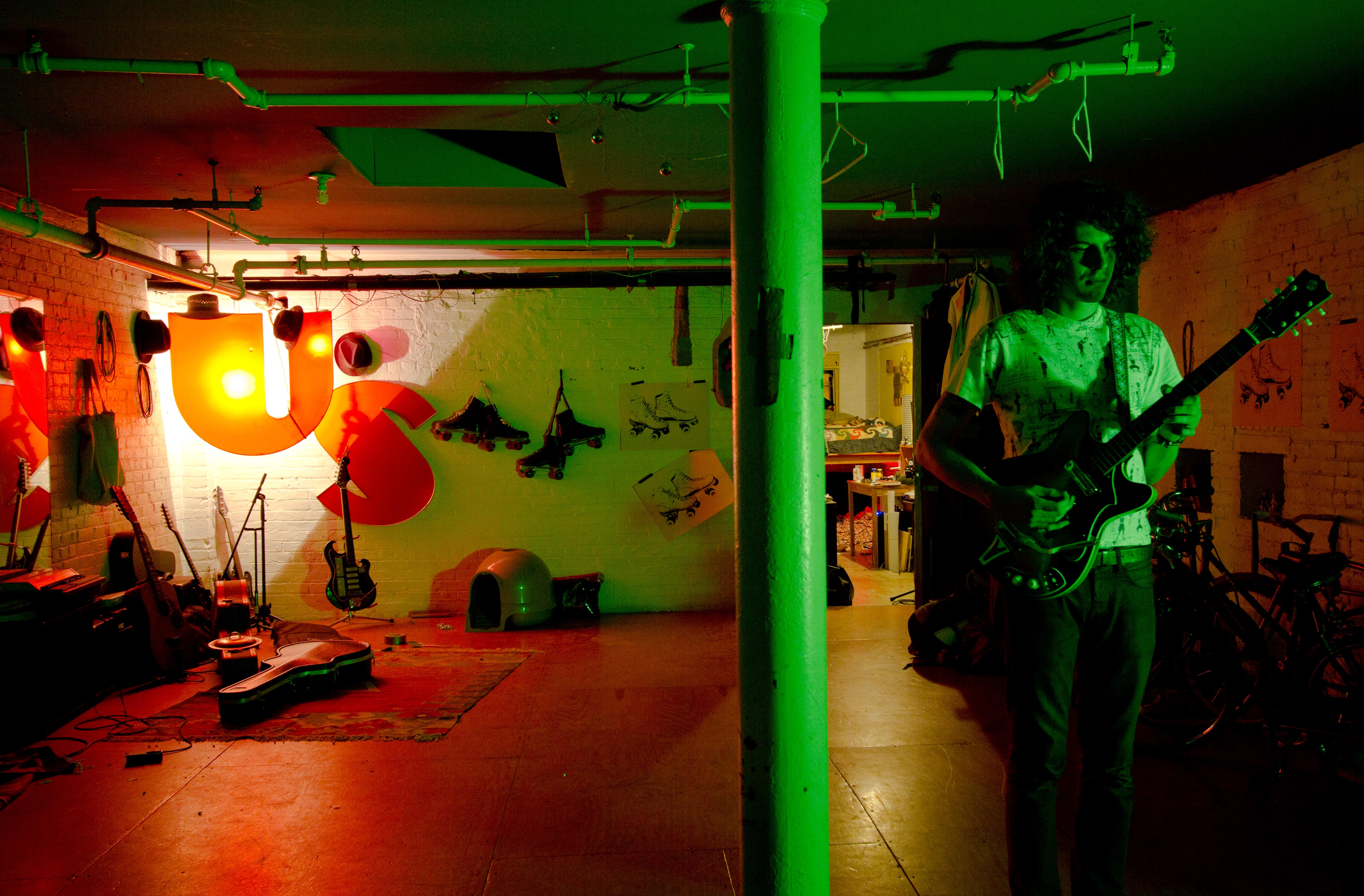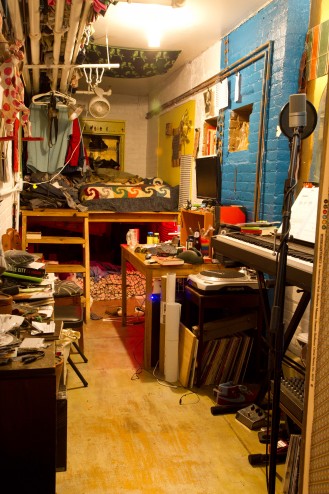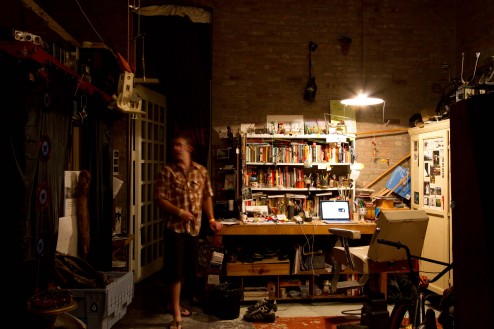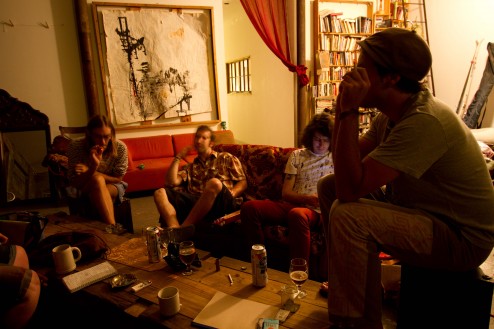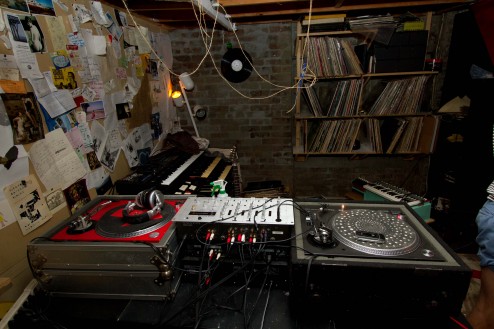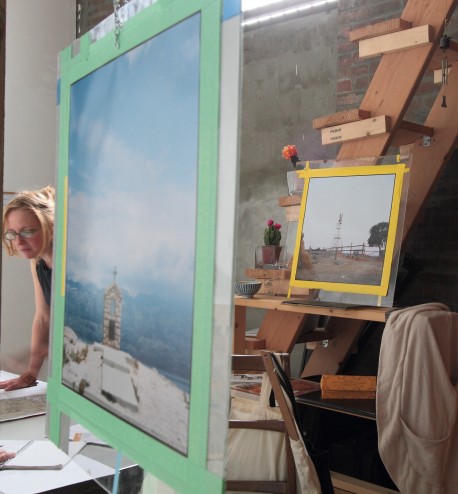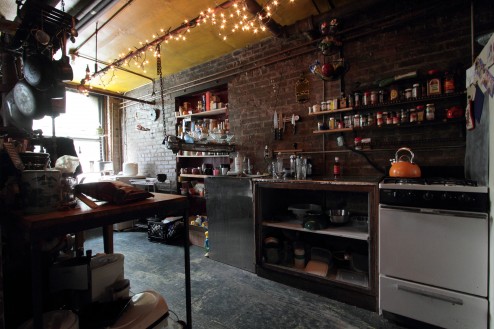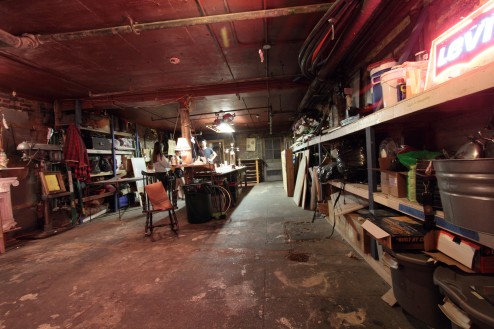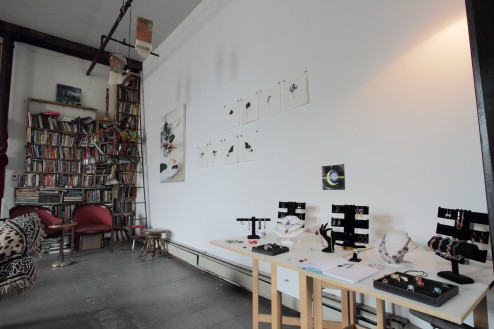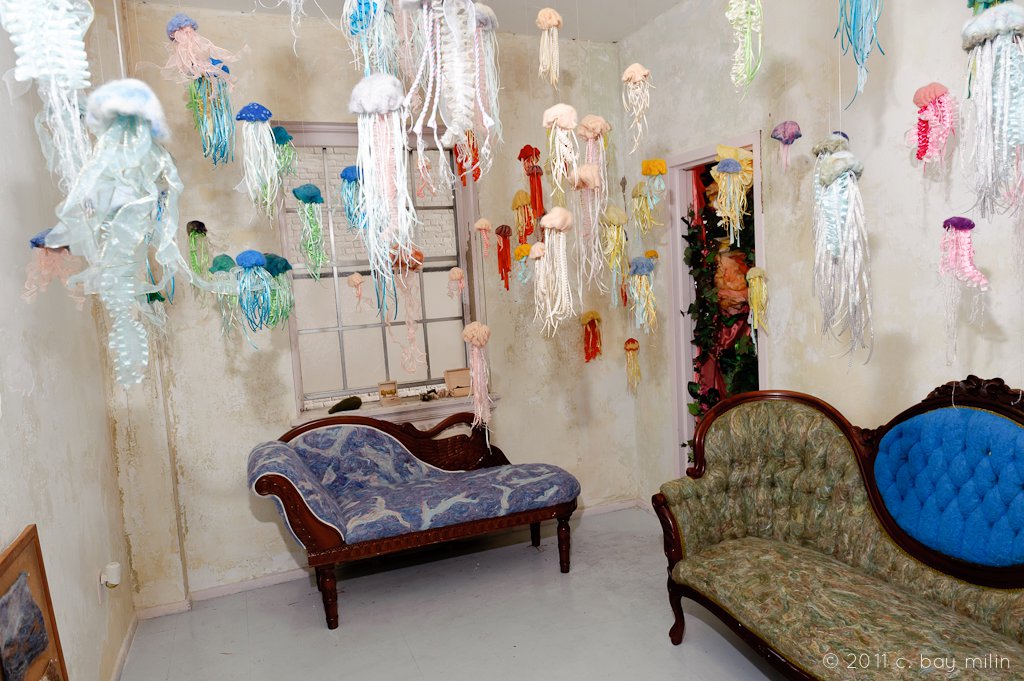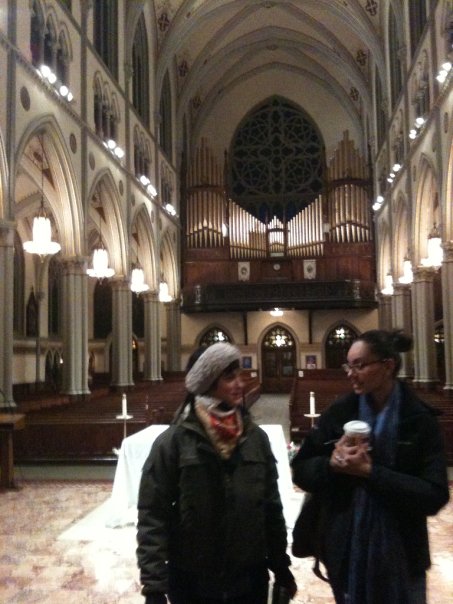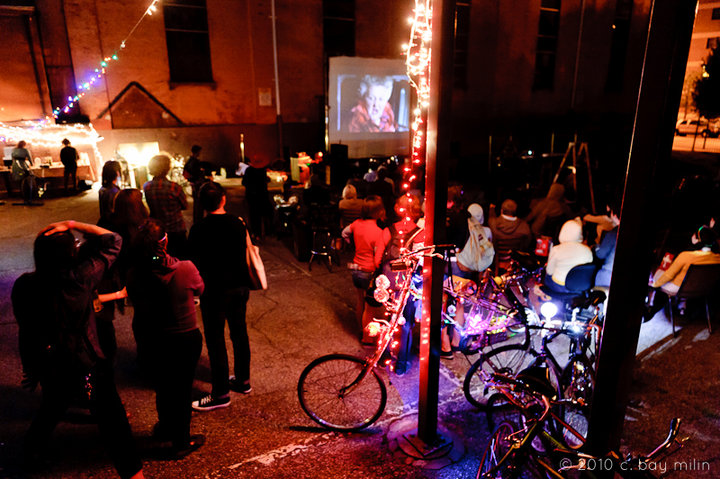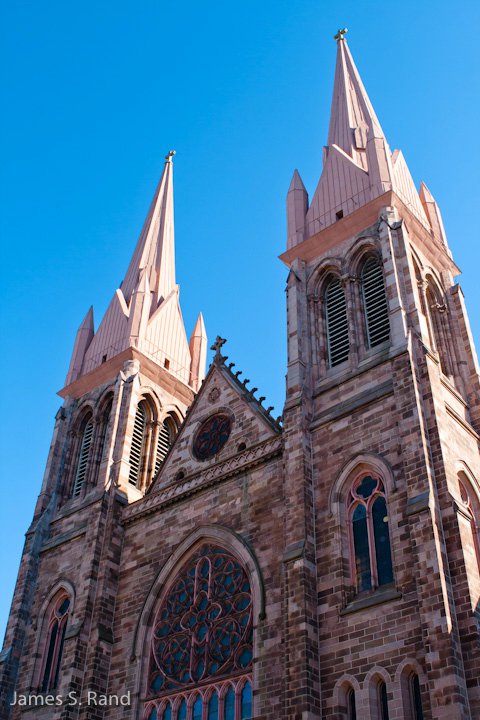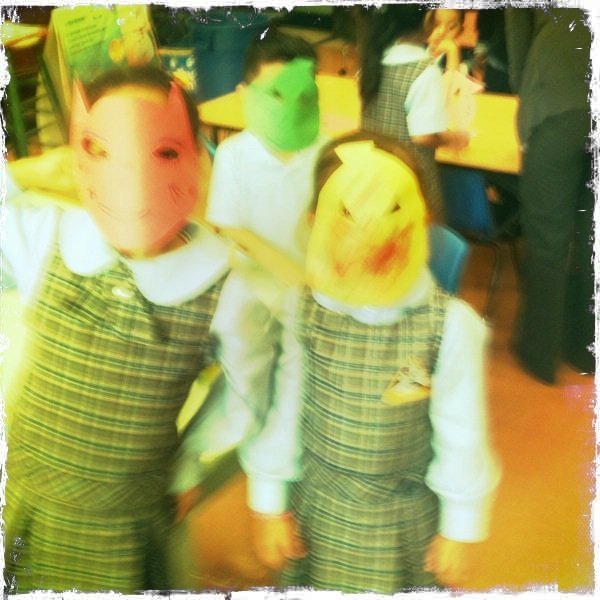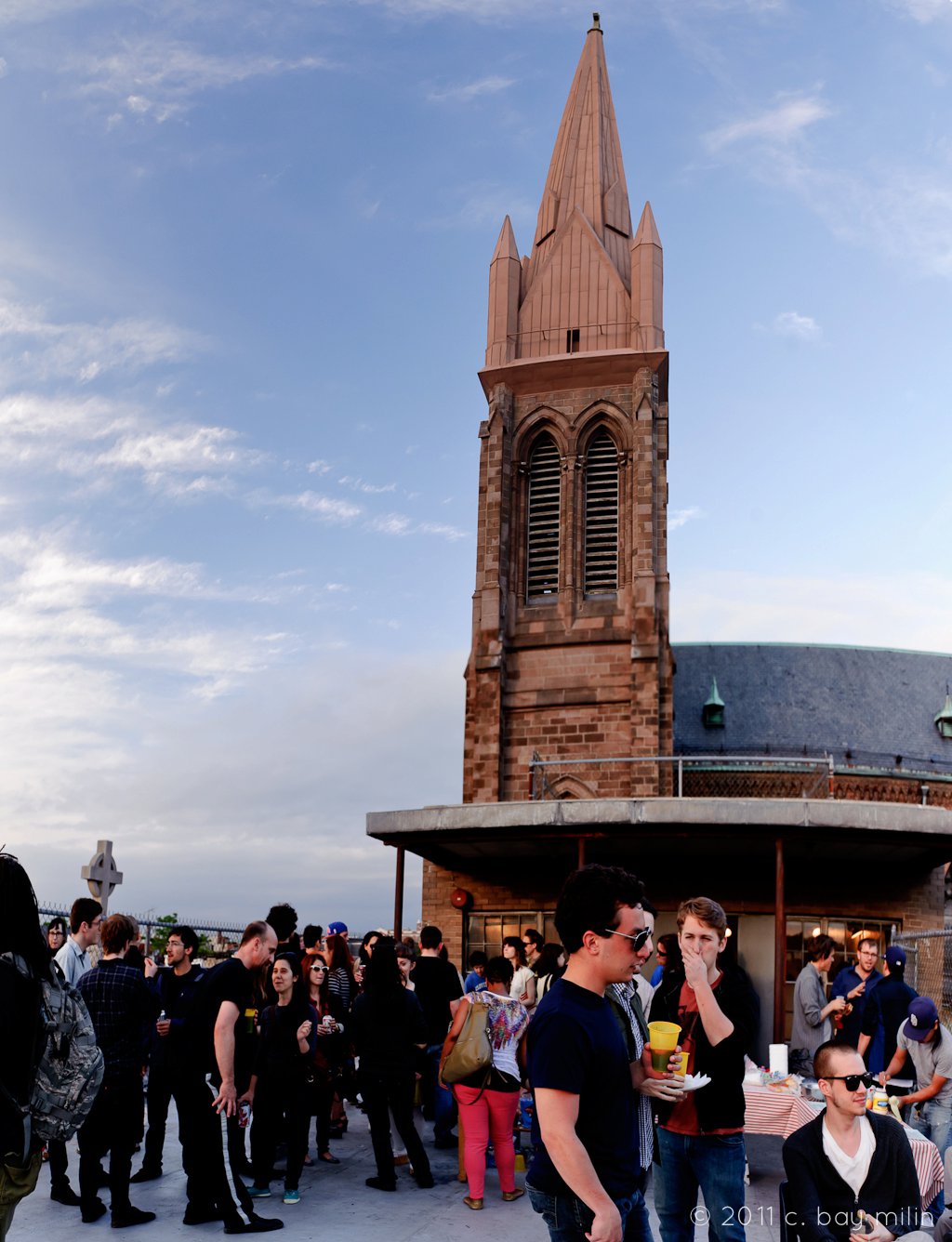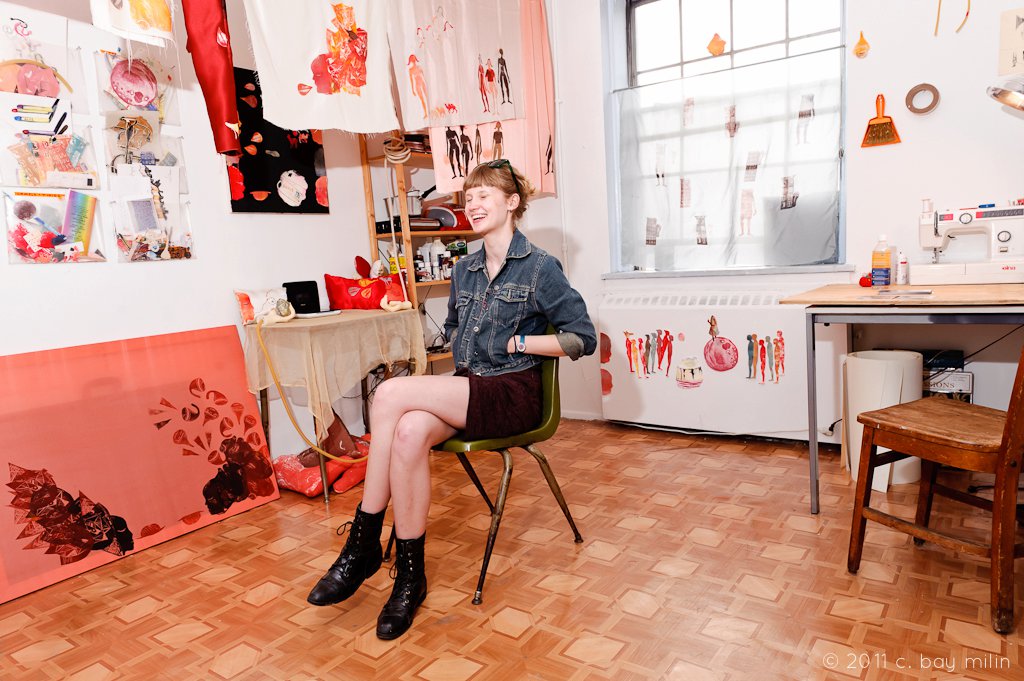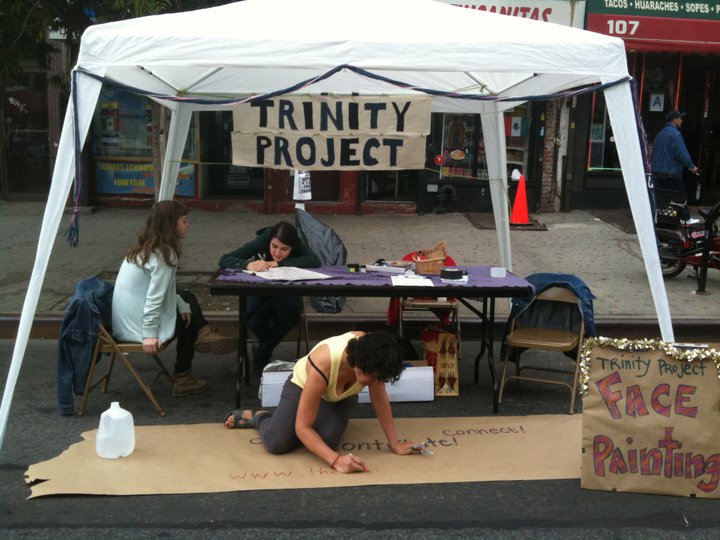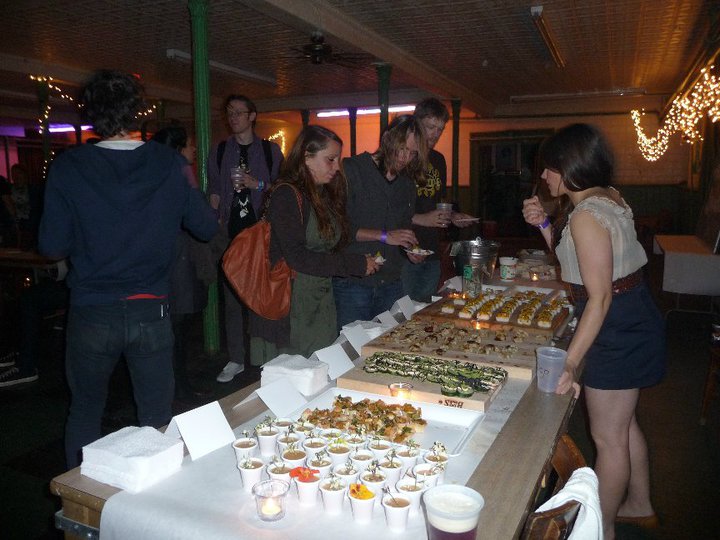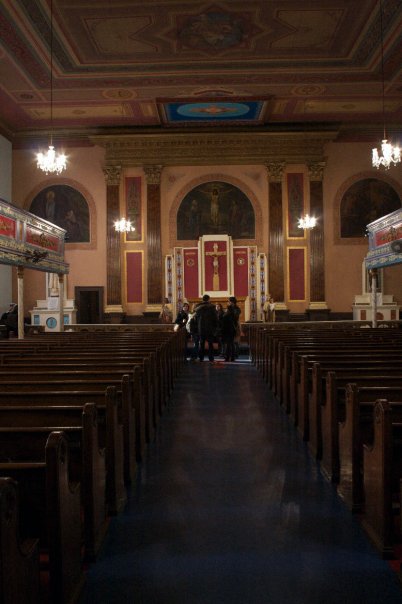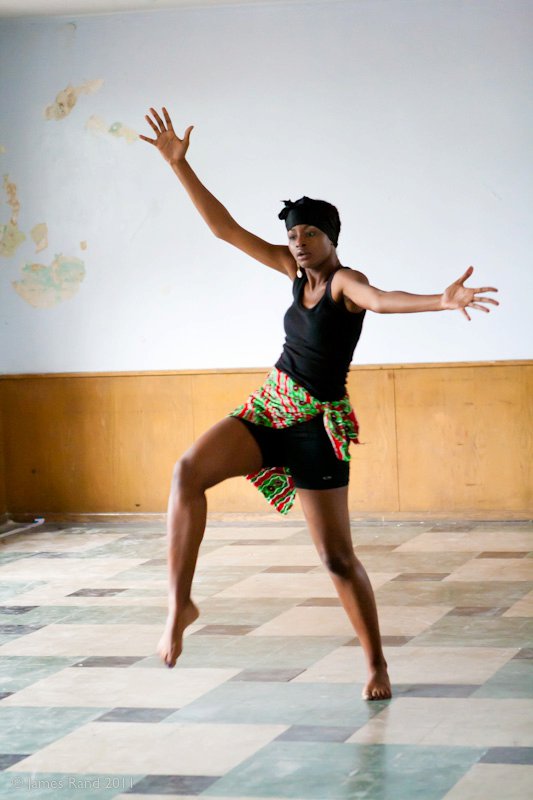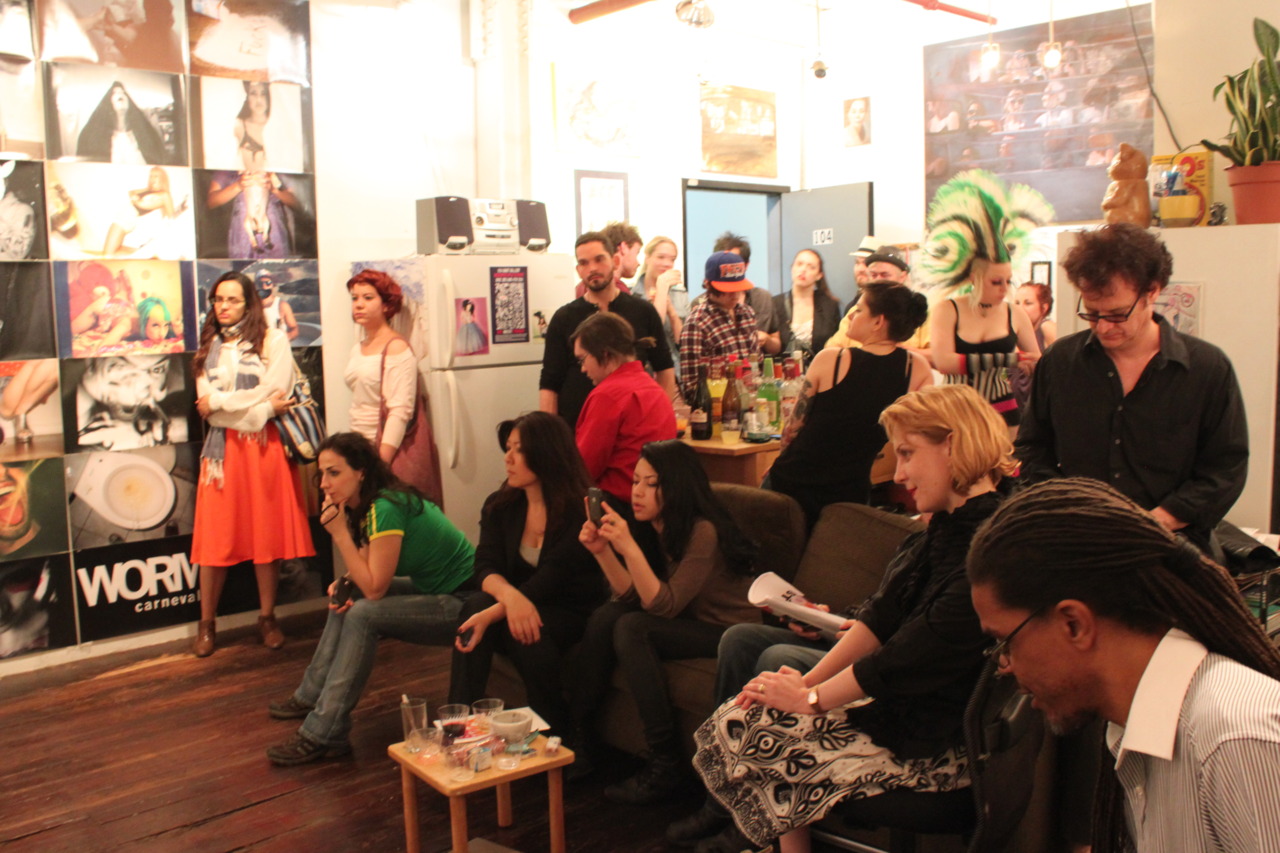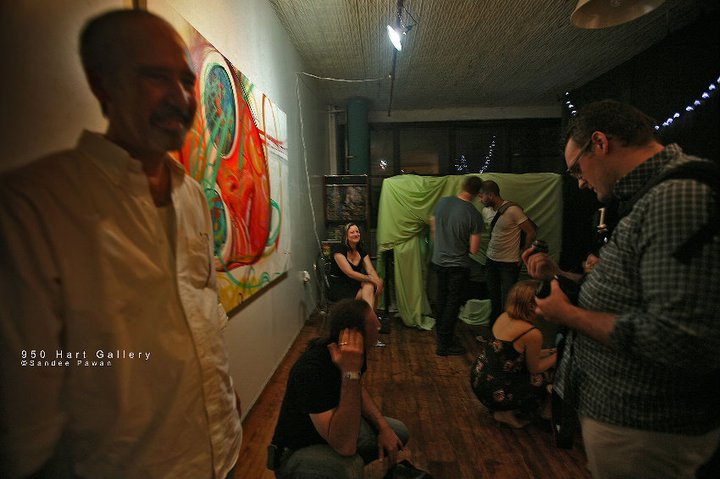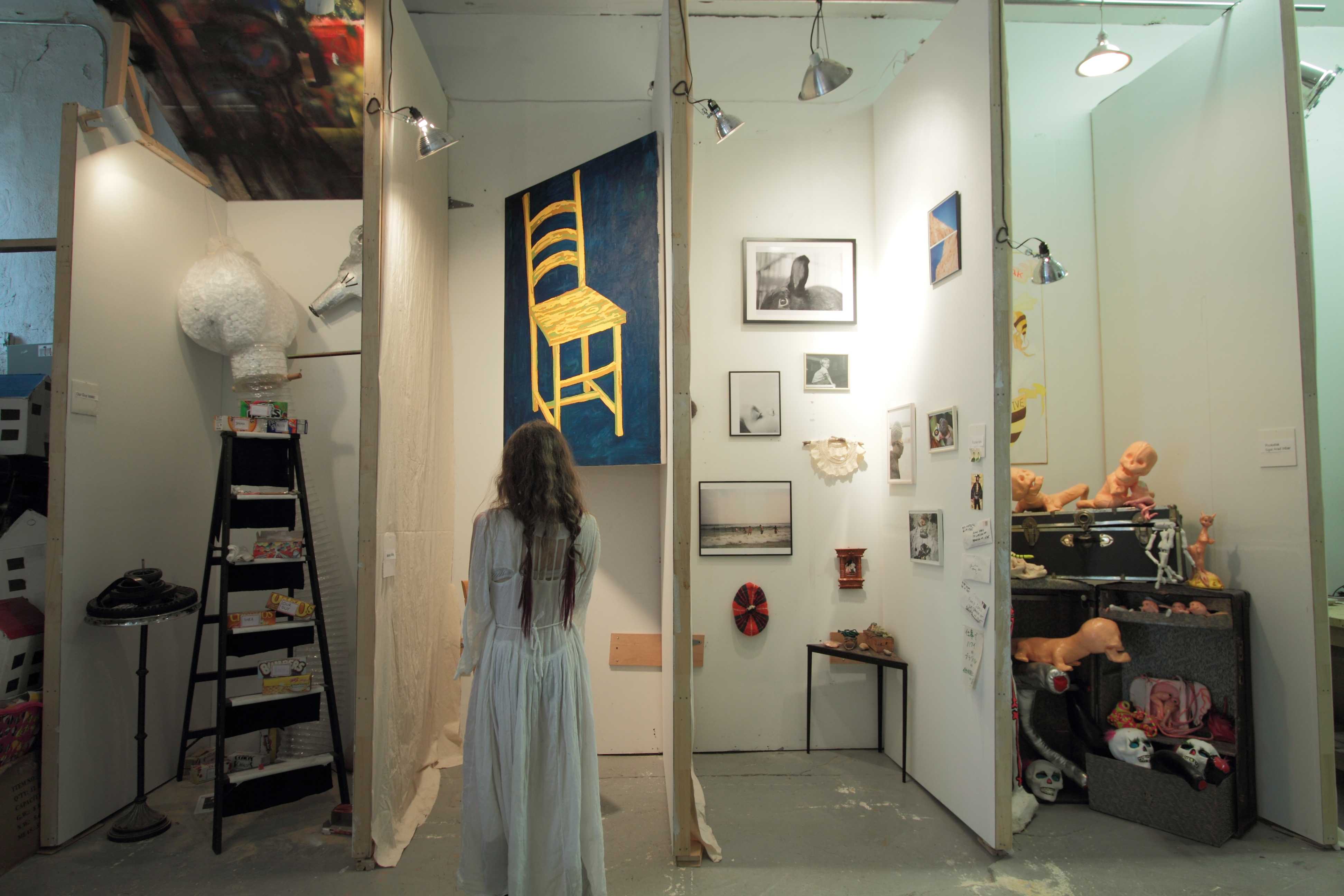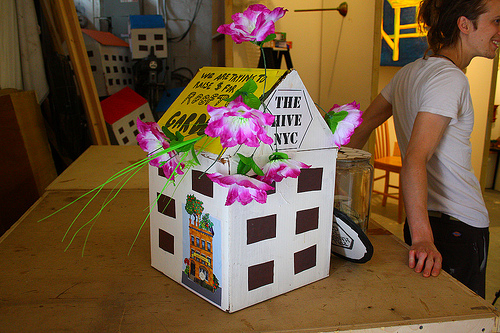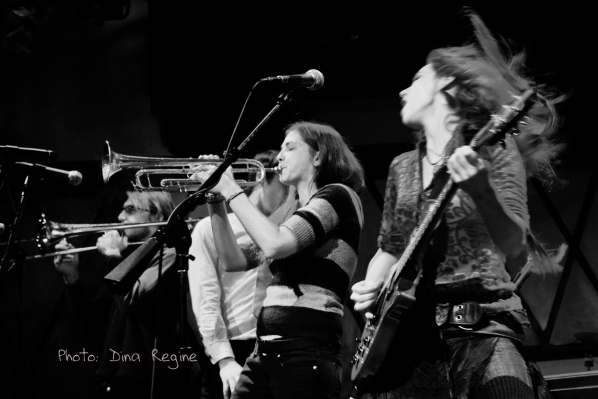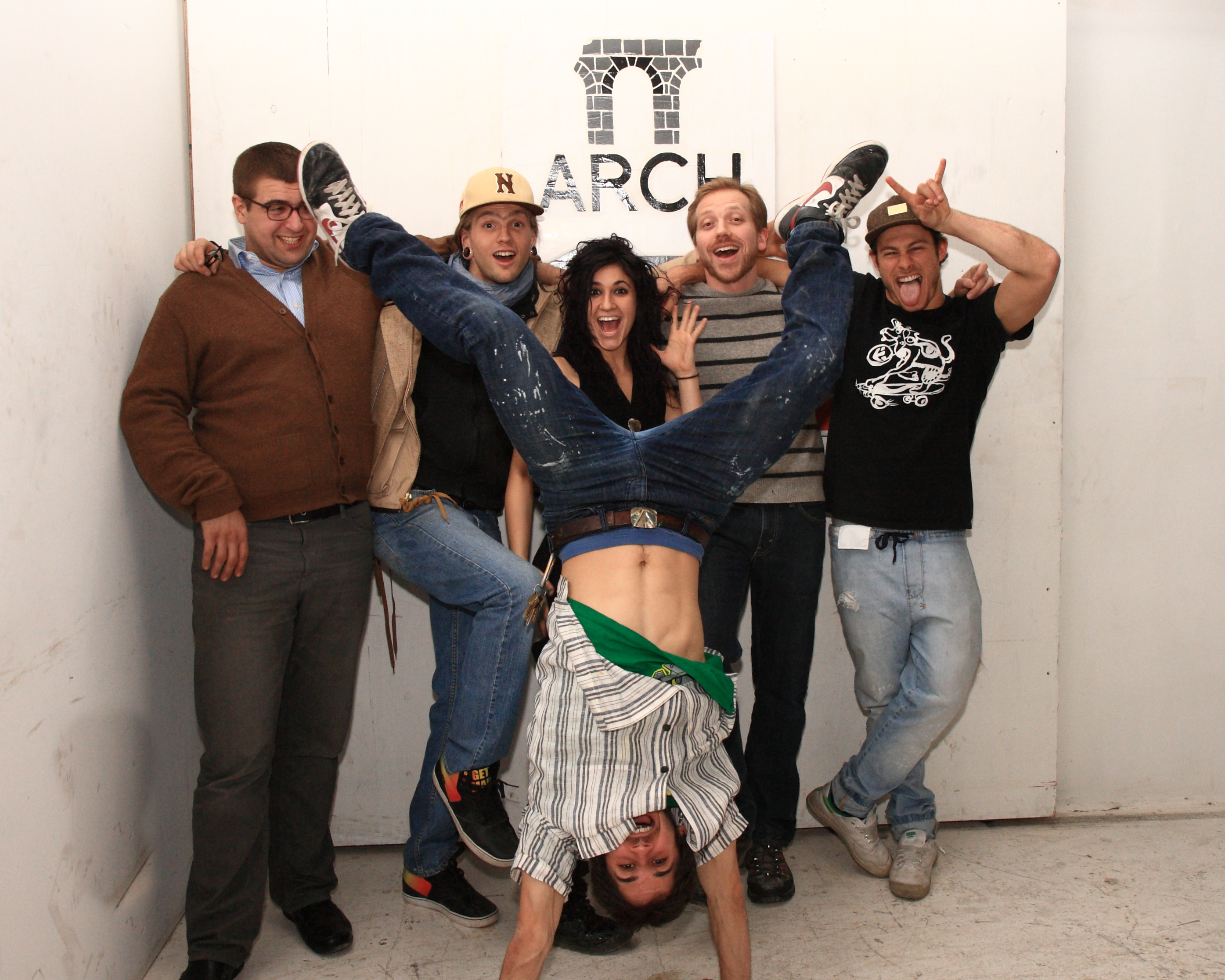fort useless
neighborhood: bushwick | space type: music & events | active since: 2009 | links: website, facebook, twitter
In a dense (and getting denser!) corner of Bushwick, Fort Useless, a DIY show space housed in what used to be an underground punk venue, is a stone’s throw from the Schoolhouse, Goodbye Blue Monday, the Bobby Redd Project, XPO 929, 6 Charles, and probably a few more I forgot. Although Fort Useless is mostly known for music, they’ve also got a monthly comedy showcase called Spit-Take Fridays, a regular Songwriter Salon, movie nights, dance performances, visual art exhibits, occasional storytelling events, and straight-up parties. It helps that it’s an extremely malleable space, and also that Jeremiah, who runs things, is deeply committed to fostering community, and is happy to turn over the reins to various friends and collaborators who want to put together their own events.
Fort Useless is gearing up for a big weekend during the upcoming Bushwick Open Studios (June 1 through 3), with an art show, a Spit-Take Friday, a live music show, and a Songwriters Salon. Head on over to catch some or all of that, but first read my interview with Jeremiah!
brooklyn spaces: What made you decide to do
this?
Jeremiah: I’ve been involved with music the
whole time I’ve been in New York. I was in a band, Man in Gray, and I got
involved with booking shows through that. We didn’t know a lot of other bands,
so we tried to coordinate musicians to get to know each other and play shows
together, which eventually resulted in us creating StereoactiveNYC.
Anyway, we’d played shows at the McKibben
Lofts, we’d played shows Todd P produced, and those were some of the funnest
shows I’d been involved in. So I wanted to do something like that.
brooklyn spaces: What was the first show
here?
Jeremiah: We had Sharon Van Etten and a
bunch of people I was friends with: Jared Friedman, Gabriel
Miller-Phillips, Kristie Redfield, Manny Nomikos, El Jezel. It was
just a slapdash sort of thing, but it ended up being one of my favorite shows
I’ve ever done in my life. It was an auspicious start.
brooklyn spaces: How would you characterize
the music you have here?
Jeremiah: The space sort of dictates that
we can’t have a certain type of music, because we’re in a mixed-use building
with residences above us, and I try to be as respectful as possible. There’s
definitely a loose-knit community of bands that are regulars here, and the great
thing about them is that it’s about musicality, the skill of writing songs and
performing them. The bands are more about the music than about the scene. But I
guess everyone thinks that.
brooklyn spaces: Tell me about some of the
other events you have here.
Jeremiah: We have a monthly comedy show
called Spit-Take Friday, which is put together by George Flannagan of El Jezel.
It’s been really successful. A lot of comics have said they love doing it
because there’s always a crowd here that’s here to laugh.
brooklyn spaces: What else?
Jeremiah: There’s our Songwriters Salon,
done by my friend Jared. We have ten or twelve people play three songs each,
generally one new song, one old song, and one cover. We encourage performers to
talk to the audience in between songs and get feedback. It’s a salon in the old
sense of the word, where people are sharing and communicating. One person called
it “Songwriters Anonymous.”
brooklyn spaces: And visual art,
right?
Jeremiah: That’s the newest thing for me.
Because comedy, as different as it is from music, there’s sort of a basic
similarity. You’ve got to book something, you have to have a schedule, you have
to have some sort of organized thing for a night to flow. But art? The way an
art exhibit is organized is so backward to me, based on my years spent dealing
with musicians.
brooklyn spaces: Do you curate the shows
yourself?
Jeremiah: I try not to, although I’m about
to do my second one. The first one I did was for BOS 2010. It didn’t have a theme, I just wanted to have
whatever we could get, get as many people involved, showcase as much work as
possible. It was cool and people like it, but it really taught me how not to do
a show. The one I’m doing for the upcoming BOS is much simpler. It’s called
“XNY,” and it features two artists, Daina Higgins and Bryan Bruchman, who were longtime residents of New York
and both moved away to different cities. Daina does photrealistic paintings of
urban landscapes, and Bryan is a photographer. I have this idea that once you
look at a city like New York, you look at other cities the same way, so I wanted
to have their work displayed together and see what that looks like.
brooklyn spaces: That sounds like an
awesome idea for a show.
Jeremiah: I hope so. I have a real love for
BOS because it’s sort of why I ended up in Bushwick. I’d been to a lot of things
out here, but spread out over a long period of time, so I hadn’t really thought
of it as a neighborhood. But then I went to a friend’s band playing a showcase
during BOS and wandered around the neighborhood, and it made me see Bushwick in
a new way.
brooklyn spaces: How’d you pick the
name?
Jeremiah: My friends’ band, Unsacred
Hearts, has an album called “In Defense of Fort Useless.” I love their
band, I love that album, and I love that name.
brooklyn spaces: Is it a commentary on how
you’re doing something incredibly useful in the neighborhood?
Jeremiah: I mean, I knew that was there,
but it’s not why I picked it.
brooklyn spaces: What are some of your
favorite shows that have happened here?
Jeremiah: Well, like I said, the very first
one was incredible. The Mardi Gras and BOS shows are our biggest. One that I
really loved, last spring I had a bunch of friends who had been in amazing bands
and were each starting new projects, and we had four of them here—Weird
Children, nightfalls, Passenger Peru, and Clouder—all playing their very first
show in this new incarnation. It was the most packed this place had ever been,
and it really drove home to me that this is such a strong community. And the
bands all sounded amazing.
brooklyn spaces: What are your goals for the
future of the space?
Jeremiah: This may sound cheesy, but Fort
Useless is really not about the space we’re in, it’s about who’s doing it. And
I’m not sure how much longer we can stay in this space and continue to grow.
We’re in no rush to get out of here, but if we find the right thing that we can
transition into, that would be amazing. I’d like to be able to vary the kinds of
shows we do. Jess Flanagan has curated two dance shows, and they’ve been great,
but I would like to have a space where she can put on the show she wants to put
on, instead of having to scale it down to fit this space. Also, we were en route
to becoming a not-for-profit, but plans kind of stalled. We’re hoping to get
that going again.
***
Like this? Read about more music and event spaces: 285 Kent, Vaudeville Park, Gowanus Ballroom, Silent Barn, Monster Island, Shea Stadium, Bushwick Project for the Arts
